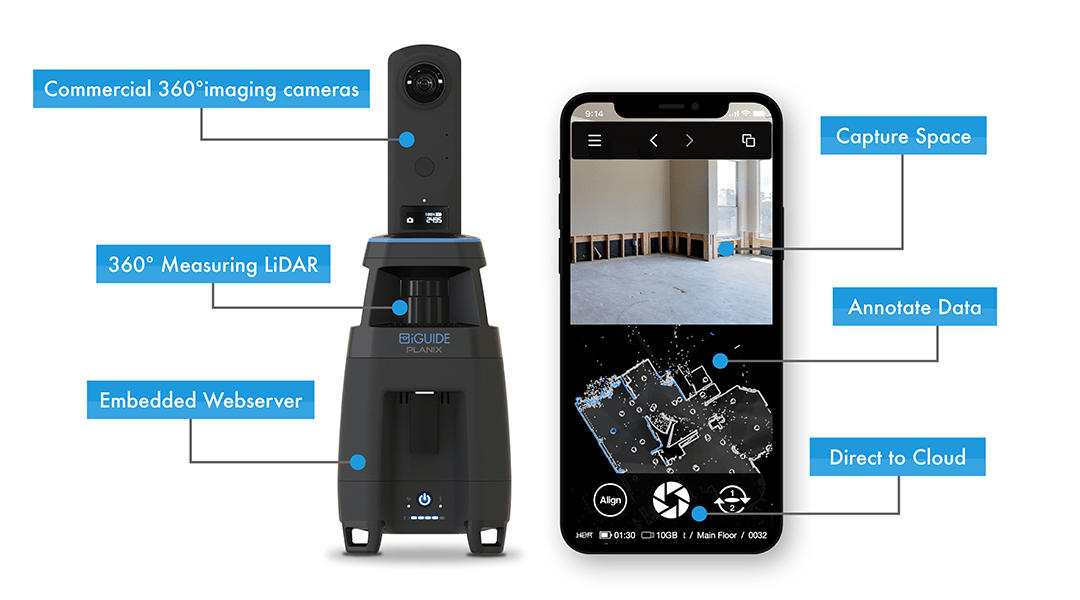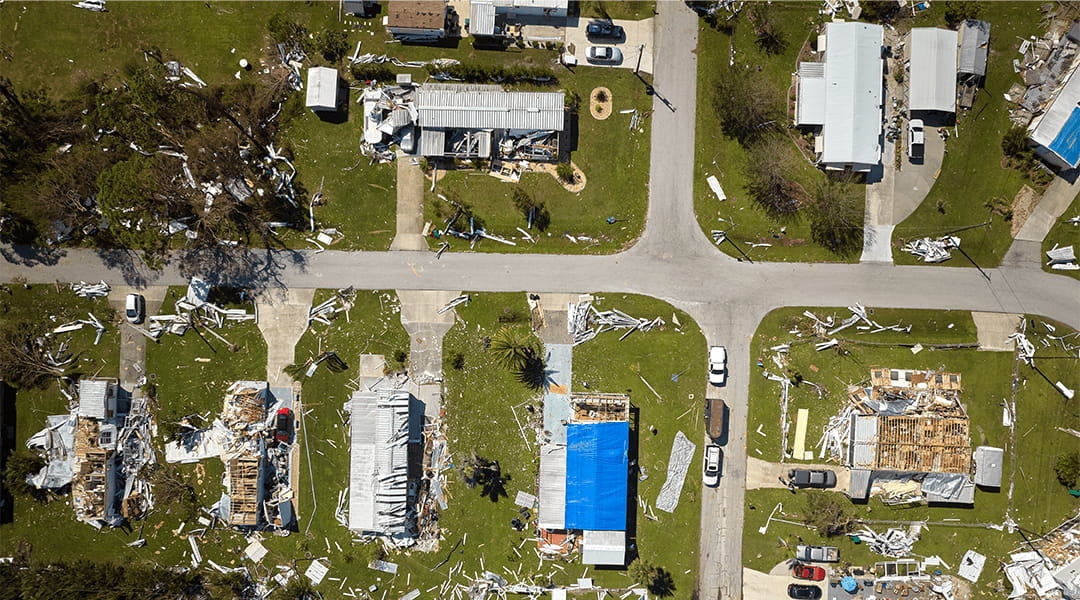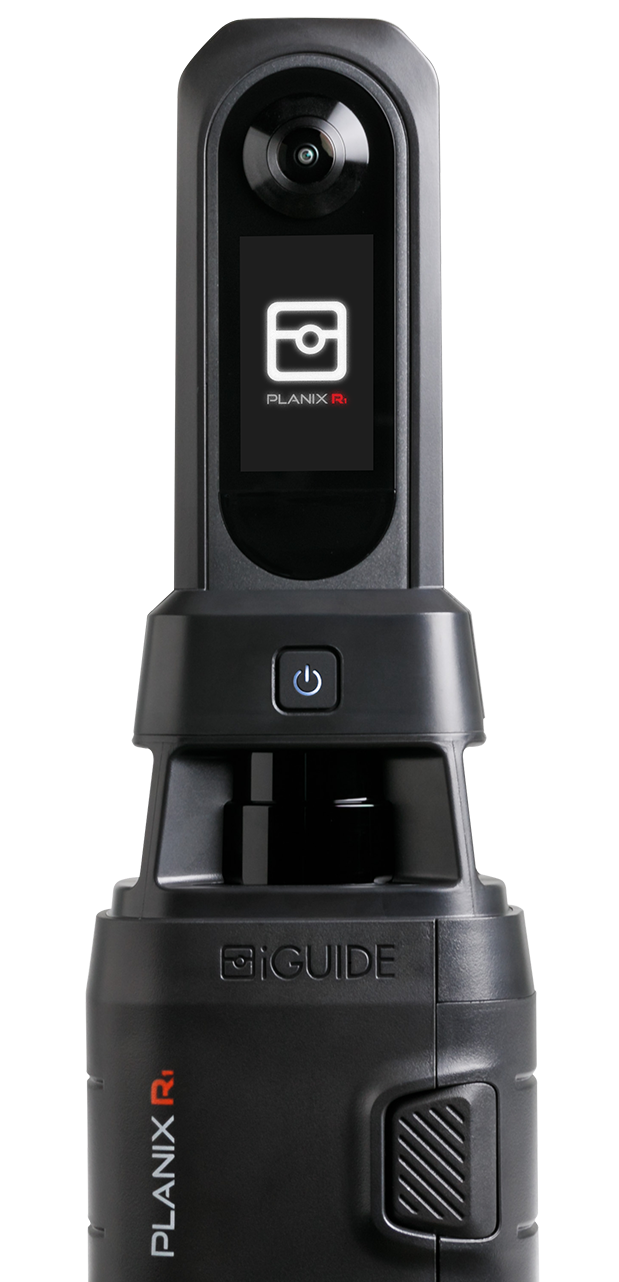210 Billion dollars is the monetary value of overall losses from worldwide disasters in 2020. This number is up more than 30% year over year from 2019. Recent hurricanes, floods, fires, and cyclones are just some of the causes behind the destruction of property around the world. The insurance industry is constantly in the process of mitigation and damage control and when claims arise, the most important factor in settling the loss is time. Response time for insurance and restoration contractors can mean the difference between speedy repairs or costly long-term consequences for everyone involved. Technology offers multiple benefits like managing workflow, assisting in cost-efficient estimates and ease of use.
Time constraints
Weather events are unpredictable. When a natural disaster occurs, adjusters and insurance restoration contractors rely on emergency preparedness to handle claims efficiently and limited use of available technology can cost insurance companies millions of dollars. The longer it takes to process a claim, the more resources are required. To satisfy the rights of the consumer, and the regulatory bodies, speed is crucial when fulfilling the restoration obligations. Documenting the proof of loss in the initial stages needs to be done before estimating the damages. Time is an important factor when settling a claim whether it be for reconstruction or monetary purposes. The faster a space can be assessed, the more time is available for handling subsequent claims.
Technology and estimates
The use of technology strengthens the ability to speed up closing an insurance claim. Outdated methods of acquiring data put the insured at risk and produce estimates that do not accurately represent the whole property. Hand-drawn floor plans are now a thing of the past. Not only are they time-consuming, but rarely are the manual measurements accurate. Having the ability to assess the damage, document the space, and digitally share the information immediately after natural disasters is the catalyst for advancing the workflow. All of this can be accomplished easily through lidar technology.

The iGUIDE camera system
Workflow and sharing information
Insurance restoration contractors can liaise with public, private, or third-party adjusters directly at the site of the disaster. When capturing the area of concern, documenting a claim can involve multiple trips to and from the site to obtain accurate measurements and photos. Portions of the space can be overlooked causing an unnecessary delay in the workflow. By using sharable 3D tours with lidar technology like iGUIDE, the process is a seamless flow of usable and reliable information. This technology allows for the ability to expedite the claims process by capturing the loss through images, 3D tours, and measurements. Consequently, remotely uploading data into estimating software like Xactimate, gets the job done faster for adjusters and insurance restoration companies.
Streamlining the disaster management processes begins at the onset of the claim. Everyone involved is at a standstill until the space has been documented for estimating the cost of the damage. Preparation and response time lie in the hands of the insurance adjuster and insurance restoration contractor. Both parties work in sync with one another because no one gets paid until the job is complete
Financial benefits
It’s interesting to note that according to leading independent publication Vox Media, insurance and reinsurance companies are responsible for nearly a fifth of global capital investments. Loosely translated, a lot of money is invested through income generated by insurance companies. But, as climate change and other environmental factors continue to interfere with weather events, there is more strain on the insurance industry to speed up the settlement of claims. When a claim is settled, it frees up capital. Insurance companies can keep investing their premiums, thereby furthering profitability. A recent article from the Centre for American Progress stated:
“…by investing the premiums they hold, insurance companies are major institutional investors and thus have significant influence in financial markets”
Losses due to natural disasters continue to increase as the effects of ongoing climate change are felt. With losses of more than 39 billion dollars in the first half of 2022, insurance and restoration companies are taking notice. Digital technology continues to be at the forefront of the industry. To avoid long-term negative consequences, it is imperative that insurance adjusters and restoration contractors implement new advancements that are easy to use and save time. Without cost-effective technology like iGUIDE, delays in recovery and reconstruction could be another perfect storm just waiting to happen.


